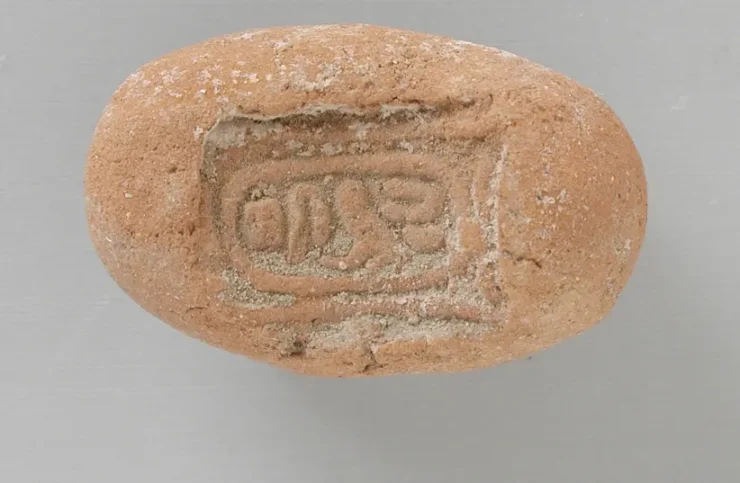The country’s tourism ministry revealed on Monday that 20 ancient tombs as old as 660 BC had been discovered in the city of New Damietta in Egypt’s Nile delta.
The tombs were found in the Tell El Deir archaeological site. They were composed of straightforward pits and mud bricks. Beginning with the 26th Dynasty and continuing through the Greek, Roman, and Byzantine eras, the Tell El Deir site served as a vast necropolis where the deceased were interred.
The Supreme Council of Antiquities’ secretary-general, Mostafa Waziri, said that the finds represent a significant scientific and archaeological discovery for the region’s past.
In addition, golden chips in the shapes of the Egyptian deities Isis, Heqat, and Bastet, as well as the eye of Horus and Horus in the form of a falcon, were discovered in the graves.
According to the news of The Jerusalem Post, the graves also included a variety of funeral amulets, including as scarabs, Amun’s two feathers, and a number of deities. Miniature replicas of canopic containers intended to retain the organs of the dead, as well as sculptures of Horus’ four sons, were discovered in the graves.
The 20 ancient tombs may date back to the 26th Dynasty, according to Ayman Ashmawy, chairman of the Egyptian antiquities sector at Egypt’s Supreme Council of Antiquities, because the style of the tombs and the artefacts found inside them were typical at the time.
The archaeological team working at the site, according to Reda Salih, the head of the Damietta Antiquities District, is continuing its operations since there are still many layers of sand to unearth at the necropolis.
Previously, the mission discovered the graves of other civilizations that have lived in Egypt throughout history, such as the Greeks and Romans, at the Tell El Deir site.
Archaeologists researching at the site in 2019 discovered Byzantine-era gold coins and ushabti burial figurines with the royal seal of Psamtik II, a pharaoh of the 26th Dynasty. Scarab amulets, Horus’ eye, the Isis knot (tyet), and goddesses like as Isis, Nephthys, Taweret, and Horus were among the figures.
In the past, archaeologists uncovered limestone coffins at the site, some of which featured the faces of the deceased. The finding comes little over a month after researchers discovered a tunnel that may lead to Cleopatra’s secret tomb at Egypt’s Taposiris Magna Temple, west of Alexandria.
Cover Photo: Mold with Cartouche of a 26th Dynasty King , probably Psamtik I, Los Angeles County Museum of Art
